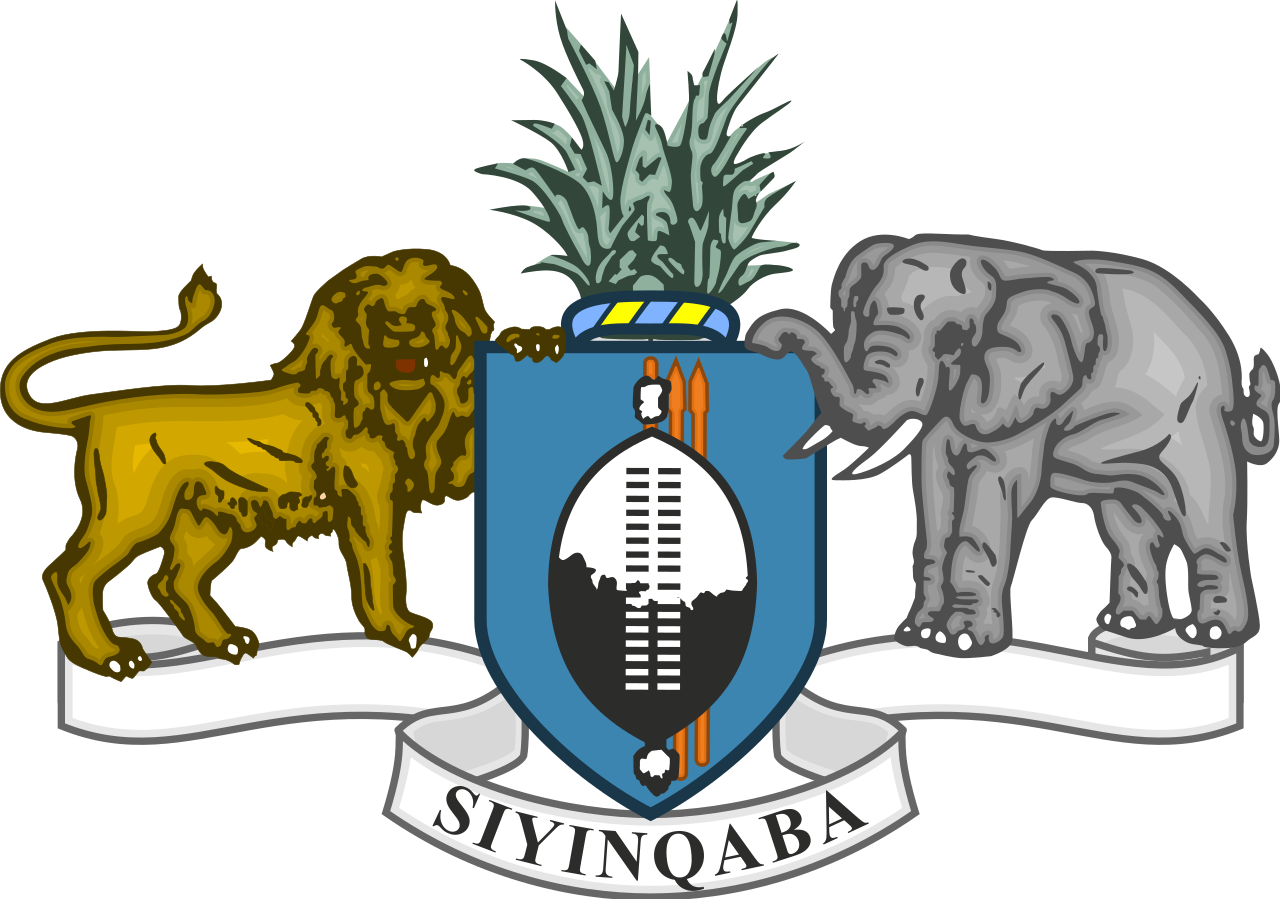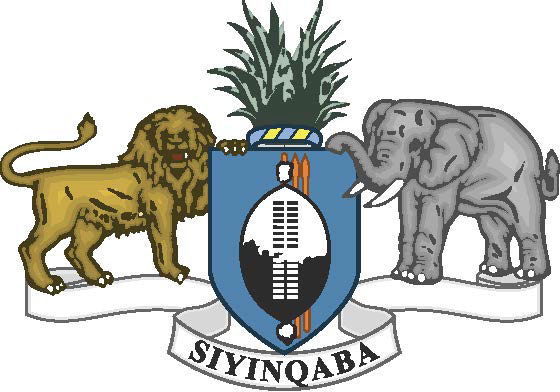Discover the Rich Tapestry of Eswatini
Unveiling the Kingdom's Heritage and Culture
Explore the vibrant history and cultural richness of the Kingdom of Eswatini, a nation that stands as a beacon of tradition and modernity in Southern Africa.
A Journey Through Eswatini's History
Delve into the significant events that have shaped the Kingdom of Eswatini, from its early days to its present status as a cultural and diplomatic leader.
1840
Establishment of the Swazi Kingdom
King Mswati II consolidates various clans to form the Swazi Kingdom, laying the foundation for a unified nation.
1968
Independence from British Rule
Eswatini gains independence, marking a new era of self-governance and national identity.
1986
Coronation of King Mswati III
King Mswati III ascends to the throne, ushering in a period of modernization and cultural revival.
2005
Adoption of the New Constitution
The Kingdom adopts a new constitution, reinforcing its commitment to democracy and human rights.
2018
Renaming to the Kingdom of Eswatini
In a move to reclaim cultural heritage, the nation officially changes its name from Swaziland to the Kingdom of Eswatini.
2023
Strengthening Diplomatic Ties
Eswatini continues to build strong diplomatic relationships, enhancing its role on the international stage.
The Kingdom of Eswatini: A Cultural Jewel
Nestled in the heart of Southern Africa, the Kingdom of Eswatini is renowned for its stunning landscapes, rich cultural heritage, and warm, welcoming people. As one of the continent’s last remaining monarchies, Eswatini plays a pivotal role in regional diplomacy and cultural preservation. Its unique blend of tradition and modernity makes it a significant player in fostering peace and development in the region.
Detailed History of Eswatini
Eswatini, officially the Kingdom of Eswatini (formerly Swaziland until 2018), is a landlocked country in Southern Africa, bordered by Mozambique to its northwest and South Africa to its north, west, south and southeastern parts. At no more than 200km from north to south and no more than 130km from east to west, the Kingdom has a land area of 17,373 square kilometers making it one of the smallest countries in Africa.
EmaSwati is a Bantu-speaking people, predominantly Nguni in language and culture, and can trace their roots to east-central Africa from where they migrated southwards during the 15th and 16th centuries. Eswatini’s present name is derived from King Mswati II, who reigned between 1846 and 1865. King Mswati II was the greatest of the warrior kings of Eswatini, and under his rule the country’s territory grew to twice its current size, extending to various towns of present-day South Africa.


Eswatini’s monarchy is a dual one, and the King or “Ingwenyama” (lion) rules in conjunction with the Queen Mother or “Ndlovukazi” (she-elephant). The queen may be the king’s natural mother or, on her death, a senior wife. It is interesting to note that Eswatini does not follow the rule of the eldest son as successor to the throne but rather selects the most suitable son. While certain aspects of the succession to the throne are secret, it is generally known that the king must be the only child of his mother and unmarried. Thus Eswatini kings were always young men when ascending to the Throne. The present Monarch, His Majesty King Mswati III, ascended to the Throne in 1986 at the age of 18 years old, succeeding his father King Sobhuza II, a much respected and loved King. King Sobhuza II was the world’s longest-reigning monarch when he died, ruling from 1921 until 1982.
Eswatini is a former British protectorate that gained independence on 06th September 1968, following 65 years of British colonial rule. Both the country’s political and legal systems can be described as dual in that they feature the simultaneous operation of traditional institutions and Western methods of modern governance.
Eswatini encompasses magnificent mountain scenery with unique, ancient rock formations, which are a source of fascination for geologists, scholars, and visitors. Within the borders of the country, each feature of Africa’s terrain, apart from the desert, is found. Rich biodiversity and culture make Eswatini an attractive destination for international artists.
The country boasts one of the richest cultures in the world, with generally polite, respectful, and welcoming people. Old traditions are carefully guarded, and colorful ceremonies regularly take place to mark celebrations for the first fruit harvest and thanksgiving for the end of the year, as well as to preserve young women’s chastity. The two main ceremonies are the Umhlanga or Reed Dance and the Incwala or First Fruits Ceremony. The Umhlanga, which is held towards the end of August and early September, involves unmarried maidens who, dressed in colorful beaded skirts and accessories, travel to the Royal Kraal (residence) to honor the Queen Mother and perform traditional dances. On the way, they gather reeds, which are used to make screens around the Royal Kraal and it is from this custom that the ceremony derives its name.



Visitor Experiences
“Eswatini’s cultural richness and hospitality left an indelible mark on my heart.”
“The warmth of the Swazi people and their vibrant traditions made my visit unforgettable.”
“Witnessing Eswatini’s cultural ceremonies was a profound and enlightening experience.”
“Eswatini is a hidden gem, offering a tapestry of culture and history that captivates every visitor.”
Discover Eswatini Through Videos

Trade & Investment Pages
Address
Al-Siddeeq, Block 3, Street 310, Villa 294, Kuwait.
Call Us
Tel: +965 2523 8277 / 2521 8771
Fax: +965 2521 8779
kuwaitcity.eswatiniembassy@gov.sz
